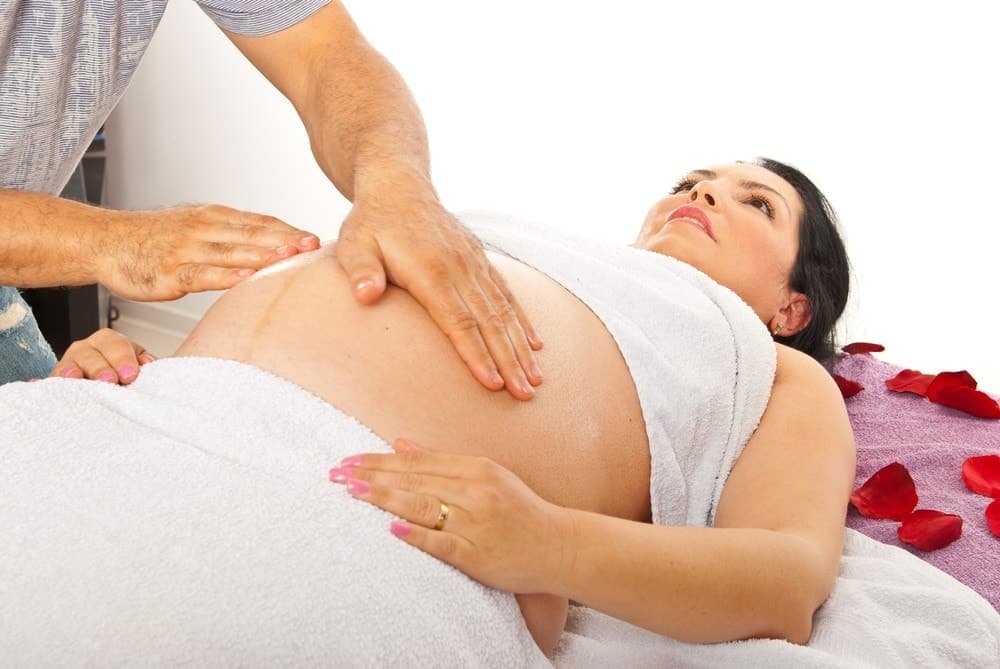Welcome to the Blissful World of Pregnancy Massage!
Oh, the wonderful journey of pregnancy! It’s a time filled with anticipation, joy, and yes, a fair share of aches and twinges. Dear super moms-to-be, get ready to embark on a soothing adventure that can make this beautiful journey even more enjoyable! In this comprehensive guide, we’ll delve into the nurturing embrace of pregnancy massage, highlighting its glorious benefits and giving you essential safety tips to ensure peace of mind.
Understanding the Magic of Pregnancy Massage
Pregnancy massage, also known as prenatal massage, is a specialised form of massage therapy tailored to the unique needs of expectant mothers. It aims to ease tension, promote relaxation, and enhance physical and emotional well-being—the perfect trifecta for a healthful pregnancy!
Benefits of Pregnancy Massage
Before we dive into the ‘how,’ let’s talk about the ‘why.’ Why should you consider pregnancy massage? Here’s a list of its amazing benefits:
- Relief from Muscle Tension and Pain: As your belly grows, so does the strain on your back, neck, and shoulders. Pregnancy massage helps to loosen up those tight spots and ease muscular tension.
- Improved Circulation: Gentle strokes and kneading techniques enhance blood flow, providing more oxygen and nutrients to both mom and baby.
- Better Sleep: With the body and mind in a state of deep relaxation, you’ll find it easier to drift off into a peaceful slumber.
- Emotional Support: The nurturing touch of a skilled therapist can be incredibly comforting, especially when navigating the emotional rollercoaster of pregnancy.
- Reduction of Swelling: Effective massage can stimulate soft tissues and help reduce fluid accumulation in swollen joints—an uncomfortable but common pregnancy symptom.
Ensuring a Safe Pregnancy Massage Experience
While pregnancy massage is generally safe and beneficial, there are certain precautions and considerations to keep in mind:
- Timing is Key: The best time to start pregnancy massages is after the first trimester, when the risk of miscarriage significantly decreases.
- Choose a Qualified Therapist: Look for a massage therapist specifically trained in prenatal massage techniques to ensure the best care.
- Be Open About Your Comfort: Communicate with your therapist. If something feels off, it’s okay to speak up. After all, this is about your comfort and well-being!
- Opt for Gentle Techniques: Avoid deep tissue work or any intense pressure that could be uncomfortable or risky.
- Pay Attention to Positioning: As you progress in your pregnancy, lying on your back or stomach becomes inadvisable. A professional therapist will know the correct, safe positions for you.
As we continue to explore the world of pregnancy massage, we’ll delve deeper into how to prepare for a session, what to expect during the massage, and even share some insights into massages you can perform safely at home with the help of a partner. So, stay tuned, and let’s make your pregnancy a little bit more comfortable and a whole lot more blissful!
Remember, taking care of yourself is the first step to taking care of your little one on the way. Let’s pave the path to a tranquil pregnancy together!

Five Things Parents Should Know in Preparing for Pregnancy Massage
When prepping for your first (or next) pregnancy massage, a little know-how goes a long way. Here are five key things to keep in mind to set the stage for maximum relaxation and benefit:
1. The Right Timing for Your Massage
First things first: determine the perfect time for your prenatal pampering. Consider scheduling your massage when you’re not too rushed or stressed. Sometime in the second or early third trimester is ideal, allowing you to fully enjoy the experience without the fatigue of the final weeks.
2. Clothing and Comfort
Choose loose, comfortable clothing for your trip to the massage therapist. You might be asked to undress to your level of comfort, so wear something that’s easy to slip off and on. Also, drink plenty of water beforehand to stay hydrated, but try to avoid a heavy meal right before your session.
3. Pre-Massage Essentials
Before your massage, make a list of any concerns or areas that need special attention. This could include spots with intense soreness or any allergy information your therapist should be aware of. It’s also recommended to have a light snack such as fruit or nuts that can keep you energized without feeling too full.
4. Create a Serene Atmosphere
If visiting a spa doesn’t fit your schedule, and you’re planning a home session, set up a calming environment. Dim the lights, play soft music, and ensure the room’s temperature is comfy. Having a special area prepared can transform your home into a sanctuary of serenity.
5. Clearing the Medical Deck
Last but not least, get your healthcare provider’s thumbs up. While prenatal massage is awesome for many, it’s always wise to double-check with your doctor—especially if you have any pregnancy complications or health concerns.
With these preparations in place, you’re all set for a heavenly pregnancy massage experience. Just imagine: soon, you’ll be lying down, letting go of all the stress and strain, while someone gently tends to your aching muscles. Sounds pretty great, right?
Hold onto that thought because, in the upcoming sections, we’re going to dive into what happens during a pregnancy massage, the different types of pregnancy massages available, and some sweet techniques for partners to try at home. So take a deep breath, and let’s plunge further into the serene waters of pregnancy massage.
Embrace this special time, relief is just around the corner, and your body (and baby!) will thank you for these moments of blissful peace. Keep your heart open to relaxation and let the magic of nurturing touch provide a gentle pause in the midst of life’s marvelous whirlwind. Stay with us as this guide continues to unfold its comforting embrace!
For more great fun click here. For more information see here
Disclaimer
The articles available via our website provide general information only and we strongly urge readers to exercise caution and conduct their own thorough research and fact-checking. The information presented should not be taken as absolute truth, and, to the maximum extent permitted by law, we will not be held liable for any inaccuracies or errors in the content. It is essential for individuals to independently verify and validate the information before making any decisions or taking any actions based on the articles.




